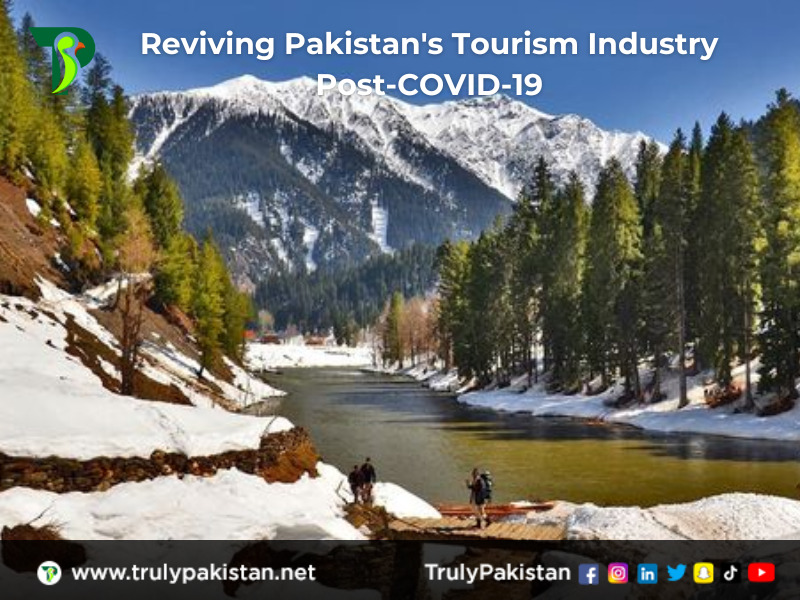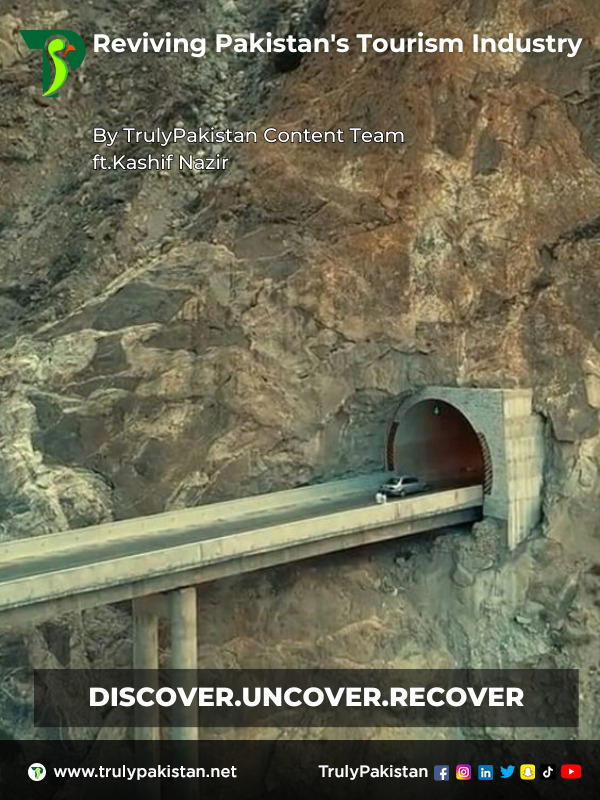Pre-Pandemic Growth
Before the global pandemic, Pakistan’s tourism sector was experiencing a notable upward trend, captivating the interests of both international and domestic visitors. Driven by prestigious state visits and heightened global acclaim, international tourists were increasingly drawn to uncover Pakistan’s concealed treasures, including the remarkable 6,000 Buddhist monuments nestled within the Khyber Pakhtunkhwa province.
The Kartarpur Corridor in Punjab drew thousands of Sikh pilgrims to Nankana Sahib, the birthplace of Baba Guru Nanak. Meanwhile, domestic tourists, numbering around 50 million, were discovering the beauty of their own country, traveling in groups and with families.
Impact of the Pandemic
Fast forward to April 2020, and the world is grappling with the COVID-19 health emergency. As per the World Tourism Organization (UNWTO), their projections indicated a potential global decline in tourism receipts ranging from $300 to $500 billion due to the impact of the pandemic.
Small and medium enterprises (SMEs) operating within the tourism and transportation sectors have encountered significant adversity stemming from the virus and the subsequent containment measures, with Pakistan being no stranger to these challenges. The country reported over 5,000 positive cases despite intense containment efforts.
As a result of the pandemic, both international and domestic flights to and from Pakistan were stopped, and tourist spots and public places were closed. Most restaurants had to temporarily scale down operations or close, affecting small eateries, street vendors, and creative industries.
Startups, including homestays and tour operators, faced cancellations, and Pakistan’s Civil Aviation Authority (CAA) reported losses of approximately $18 million in March 2020. Pakistan International Airlines (PIA) considered sending its workforce on paid leave. In the province of Khyber Pakhtunkhwa (KP), the tourism sector alone foresaw a revenue decline of approximately $20 million, causing repercussions for roughly 260,000 formal employment positions.
Notwithstanding these obstacles, there is a silver lining. One unintended consequence of the pandemic is that it offers nature and wildlife a reprieve from over-tourism.

Reviving Pakistan’s Tourism Industry Post-COVID-19
Recovery and Resilience
As Pakistan looks toward post-COVID-19 recovery, it’s essential to focus on revitalizing the tourism industry. Collaboration between the public and private sectors is crucial to mitigating the pandemic’s impact and preparing for responsible tourism when travel restrictions are lifted.
-
Revitalizing Pakistan’s tourism industry
- Develop Standard Operating Procedures (SOPs): Establish clear guidelines for workers, firms, and travelers to ensure health and safety standards.
- Financial Support: Direct financial assistance to tourism value chains, including microenterprises, to help them withstand the economic fallout.
- Improve Hygiene and Safety: Encourage and support players such as restaurants, hotels, homestays, and transport providers to enhance hygiene and safety practices.
- Virtual Tours: Utilize technology to introduce virtual tours of museums, heritage sites, and ski resorts as a substitute for physical visits.
- Sustainable Practices: Plan and enforce on-site measures for better waste collection, plastics recycling, and traffic management.
Pakistan’s authorities are in the process of launching support programs for affected enterprises and daily wagers. With concerted efforts, Pakistan can recover and rebuild its tourism sector.
Conclusion
The COVID-19 pandemic has dealt a severe blow to Pakistan’s burgeoning tourism industry. However, with careful planning, financial support, and the implementation of safety measures, the nation can hope to recover from the impact.
Pakistan’s rich cultural heritage and breathtaking landscapes will continue to attract visitors once travel restrictions ease. The resilience of its tourism sector, as demonstrated before the pandemic, is a testament to the industry’s potential.
As the world gradually moves toward recovery, Pakistan can stand as a testament to its people’s strength and the tourism industry’s allure.
Let’s remain hopeful that travelers will soon flock to the 6,000 Buddhist monuments in Khyber Pakhtunkhwa, experience the religious significance of Kartarpur Corridor, and explore the breathtaking valleys of Pakistan once more.

